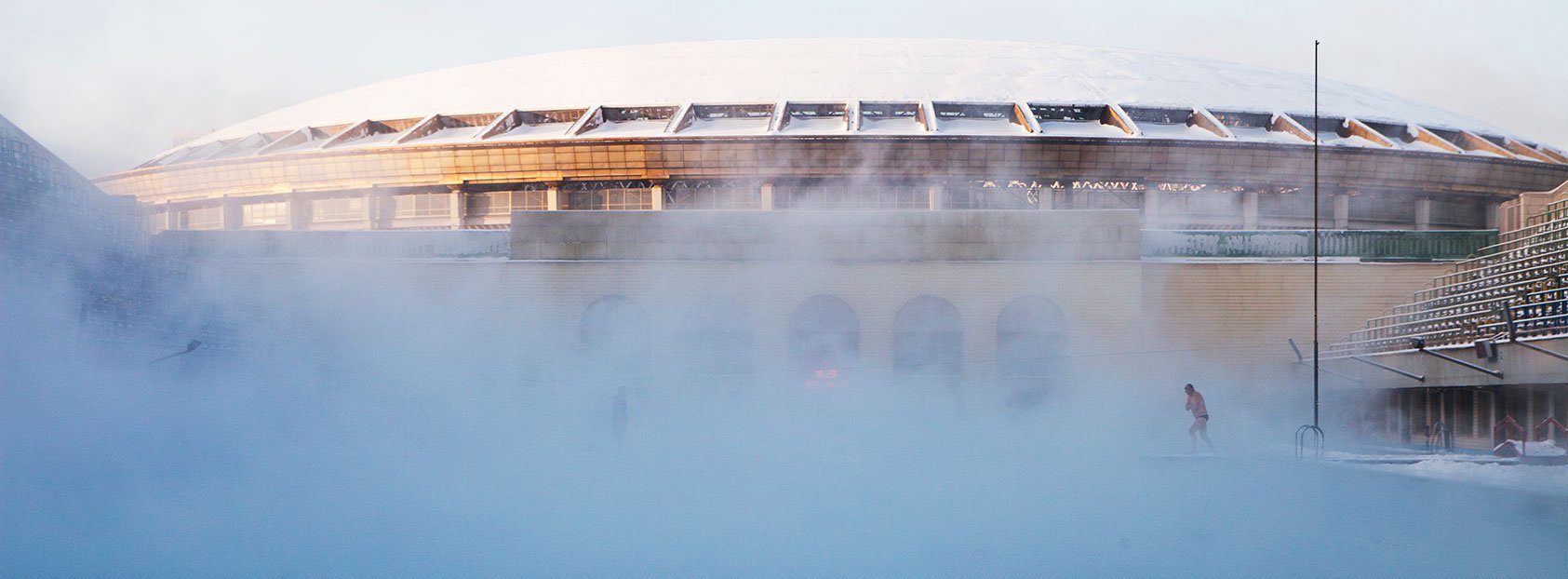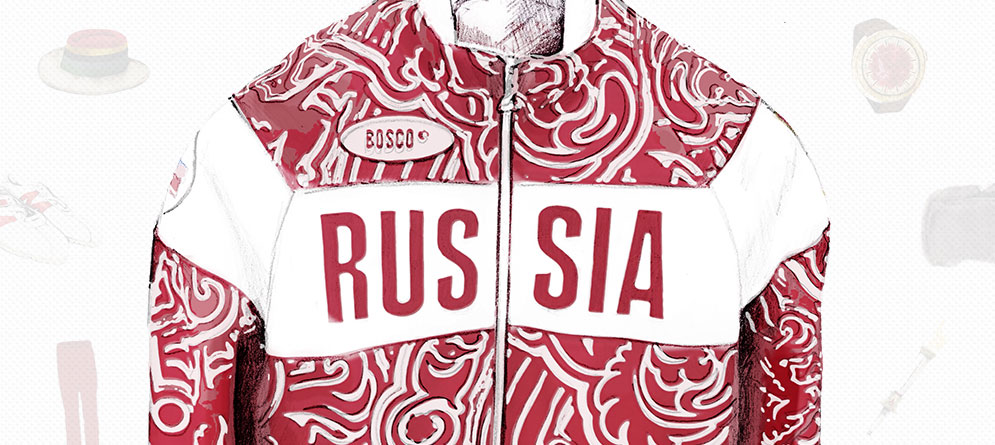Days of glory: picturing Soviet Russia’s Olympic legacy
More than a century before the Sochi Games, Russia first made a splash at the Olympics when Nikolai Panin-Kolomenkin picked up a gold medal in men’s figure skating in London,1908. A few years later, in 1912, the Tsarist government sent 178 athletes to the Stockholm Olympics on a steam ship that doubled up as their living quarters. This event spelled the end of Russian participation for the next four decades: following the Russian Revolution, everything related to capitalism, including competitive sport, was renounced. By the time the 1952 Helsinki Games rolled around, everything had changed. The Olympics were now viewed as a chance to parade Soviet superiority to the world. Using archive images from state news agency RIA Novosti, an exhibition at the Multimedia Art Museum in Moscow looks back on Soviet Russia at the Olympics and the sporting heroes still remembered within the country today. In 1952, the Soviet team excelled, winning a total of 71 medals — just five fewer than the overall winner, the USA. Photojournalists from RIA Novosti captured the event that turned the winning athletes into household names across the nation. Soviet athletes continued to consolidate their position up until 1980 when the controversial Moscow Games — boycotted by more than 65 countries — stymied what was intended to be a triumphant moment for Russian-led sport.
13 February 2014
Text
Maryam Omidi

